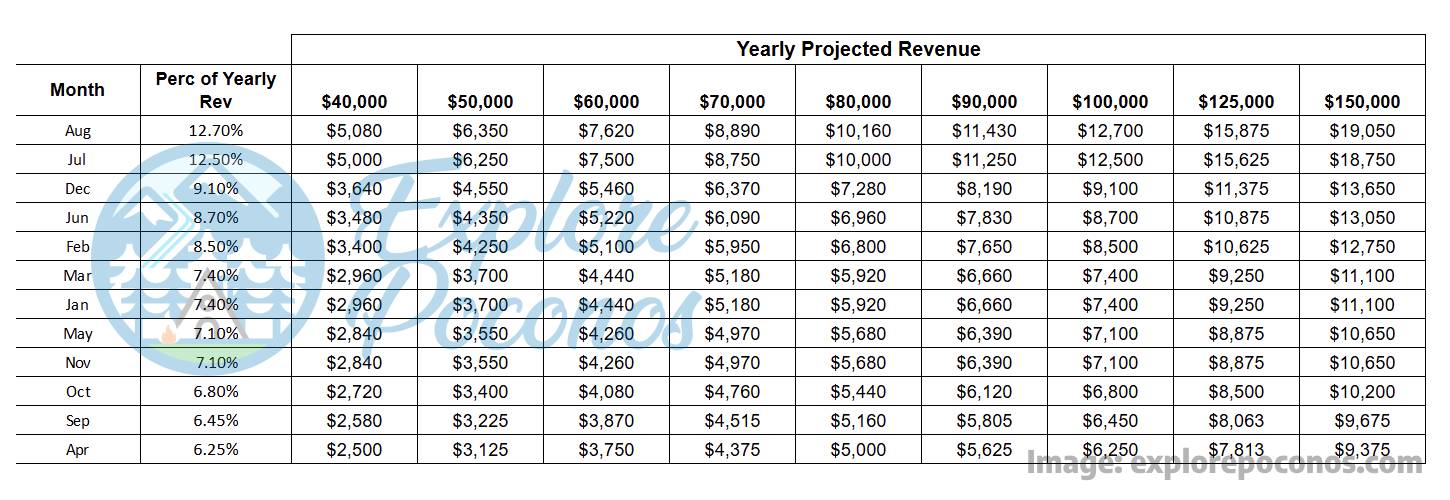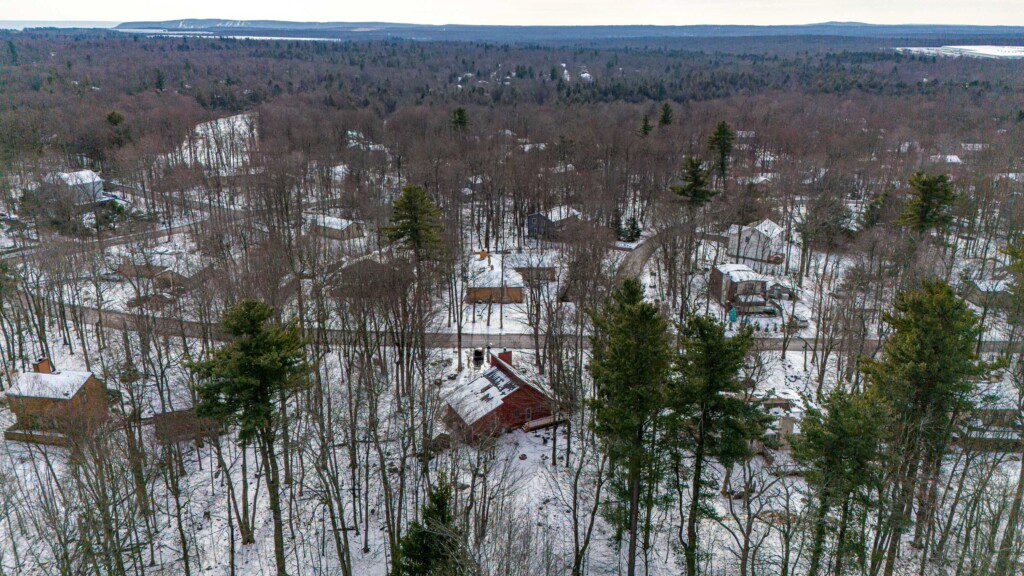Factors We Consider When Pricing Short-Term Rentals : Part 1 of 3
When it comes to vacation rentals, one of the most common questions I hear is, “How do you determine pricing?” or “Why is this house priced the way it is?” These are excellent questions, and the answers are rooted in a combination of data-driven strategies, market trends, and the unique characteristics of each property. In this article, I’ll provide an in-depth overview of our pricing process, breaking down the key factors that influence how we set rates for our vacation rentals. Please note that the insights shared here are based on averages across numerous properties. Individual homes may overperform or underperform based on their specific circumstances, but this article will give you a clear understanding of the broader framework we use.
#1 Priority: Visibility is King
One of the most critical yet often overlooked aspects of pricing is visibility. If your property listing is buried on page 5 or beyond of a booking platform, it’s going to be challenging to command a premium price—unless your home has a unique feature that fills a specific niche. For example, a one-level ranch designed for wheelchair accessibility or a truly one-of-a-kind property in a sought-after location like the Poconos might still attract attention despite lower visibility. However, for most properties, ranking on page 1 or 2 is essential for maximizing bookings and pricing potential.
Why does visibility matter?
Simply put, more visibility leads to more clicks, which translates into higher demand. When your property is prominently displayed, it’s more likely to be seen by potential guests, increasing the likelihood of bookings. Several factors influence where your listing ranks on platforms like Airbnb or Vrbo:
- Clicks and Views: The more people engage with your listing, the better it ranks. High engagement signals to the platform that your property is attractive to users.
- Pricing Strategy: Competitive yet optimized pricing ensures consistent interest. Overpricing can deter bookings, while underpricing can leave money on the table.
- Bookings and Occupancy Rates: Higher booking activity improves your ranking. Platforms prioritize properties that are frequently booked.
- Availability: Keeping a balanced calendar (not over-blocking dates) improves performance.
- Reviews: Positive guest feedback boosts rankings and allows for higher pricing. A property with glowing reviews is more likely to appear at the top of search results.
Custom Pricing for Each Property: No One-Size-Fits-All Approach
Pricing vacation rentals isn’t a one-size-fits-all formula. Every property has its own unique strengths and weaknesses, and no two dates are created equal. For example, a Friday night stay is inherently more valuable than a Monday night stay, just as July 4th weekend commands a higher rate than a random Tuesday in March. Understanding these nuances is critical to setting the right price.
Demand Fluctuations:
The appeal of certain dates significantly influences pricing. Holidays, long weekends, and local events can boost demand, allowing you to charge higher rates. On the other hand, during off-peak periods, more competitive pricing may be necessary to attract bookings, or you might consider offering discounts for mid-term stays (28-60 days) during slower months to maintain occupancy and visibility.
Physical Factors That Affect Pricing
Beyond platform visibility, the physical attributes of a property also play a major role in determining its pricing. Here are some key factors we consider:
- Amenities:
Properties with standout amenities like lakefront, hot tubs, game rooms, fire pits, or home theaters naturally command higher rates. These features add value to the guest experience and justify a premium price. - Proximity to Attractions:
Location is everything. A home near popular attractions like Skii Mountains or Water Parks will be more attractive to guests than one in a less desirable area. For example, a property that is 5 minutes from a Skii Resort can charge significantly more during the winter season. - Community Amenities:
Many vacation rental communities offer shared amenities like pools, lakes, or playgrounds. However, some communities go above and beyond with perks like golf courses, ski hills, or indoor pools. The accessibility and quality of these amenities can influence pricing. For instance, a community that includes free pool access may be more appealing than one that charges extra. - House Style and Design:
Certain architectural styles are more desirable than others. A-frame cabins, chalets, and modern farmhouses tend to attract more bookings than traditional split ranches. Unique designs can set a property apart and justify higher rates.
Event-Driven Pricing Adjustments
Pricing must also adapt to local events and seasonal attractions. Large-scale events like NASCAR races, music festivals, or holiday celebrations can cause a spike in demand, allowing for temporary price increases. For example, a property near Pocono Raceway might see a surge in bookings during race weekends, enabling the owner to charge a premium.
Occupancy and Sleeping Arrangements
The allowable occupancy of a home directly impacts its pricing potential. Generally, a property that can accommodate more guests has a higher gross income potential. However, it’s essential to strike a balance between occupancy limits and actual sleeping arrangements. For instance, if your home is listed as accommodating 10 guests but only has 8 real sleeping spots, you may struggle to attract larger groups. Properly planning sleeping arrangements ensures that your property is marketed to the right audience.
House size plays a role in occupancy trends. Properties with 1-3 bedrooms tend to have higher occupancy, resulting in more consistent income. In contrast, larger properties with 4-9 bedrooms may only be booked during weekends and peak times for a higher price, but they can face challenges during slower months due to lower occupancy rates.
Seasonality and Market Trends
Seasonality is a major driver of pricing strategy. Based on data from 50 properties over two years, here’s how different months affect a home’s revenue potential in the Poconos:
- Winter (Dec – Feb): Strong demand due to ski season, particularly around the holidays. Properties near ski resorts can command premium rates.
- Spring (Mar – May): A transitional period with moderate demand. Rates are typically lower than peak winter months but can increase during spring break.
- Summer (Jun – Aug): The busiest season, with peak rates for family vacations and weekend getaways. Properties with pools or lake access perform exceptionally well.
- Fall (Sep – Nov): Slower than summer but can see demand spikes during fall foliage season and special events like Oktoberfest.

1-to-1 Comparisons
Evaluating competitors is essential. If you were selling a Ferrari, you wouldn’t price it the same as a Toyota Camry, and the same principle applies to rentals. We review nearby listings and similar properties across the Poconos to assess how their pricing compares to ours and how each home stacks up against the others.
Conclusion
In conclusion, pricing short-term rentals is a dynamic process that takes into account various factors, including visibility, demand fluctuations, physical property attributes, and seasonal trends. By understanding the unique characteristics of each property, as well as the market and events that influence demand, we can strategically set rates that maximize bookings and revenue. The goal is to strike a balance between competitive pricing and maintaining value for both the property owner and the guest. In part 2, we’ll explore how we fine-tune our pricing strategy for maximum profitability and success.

